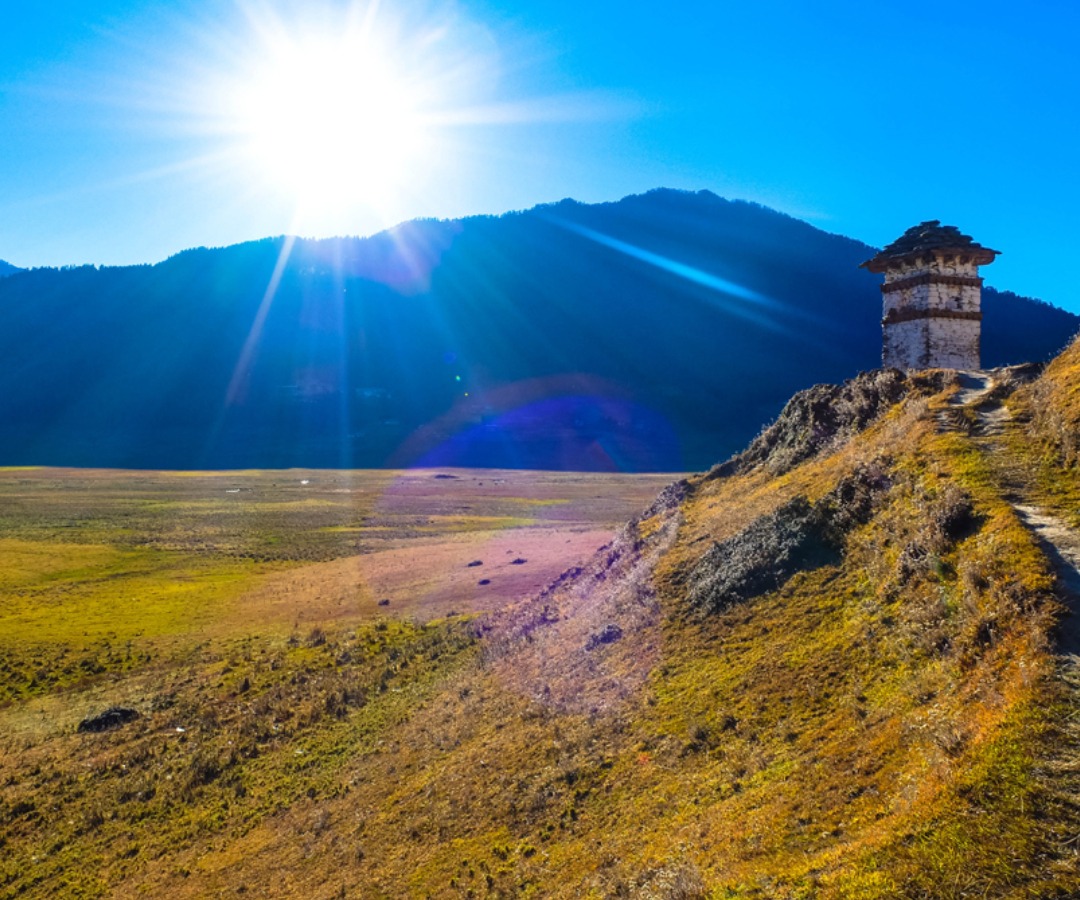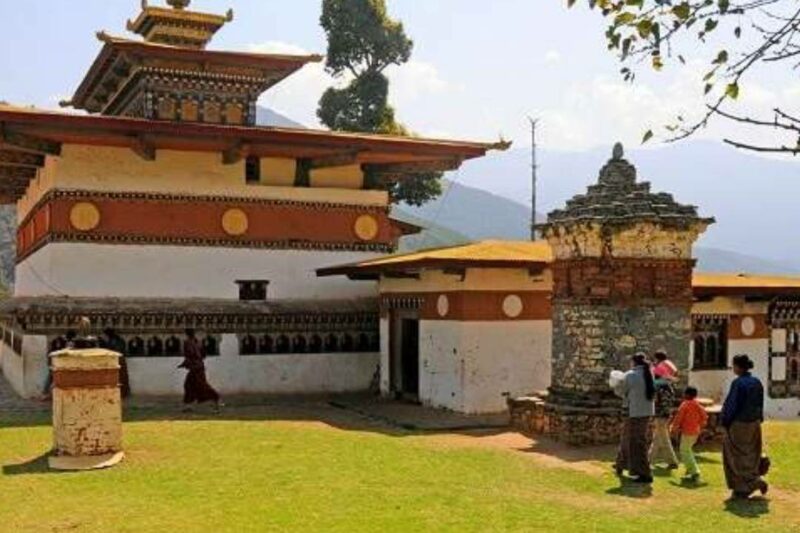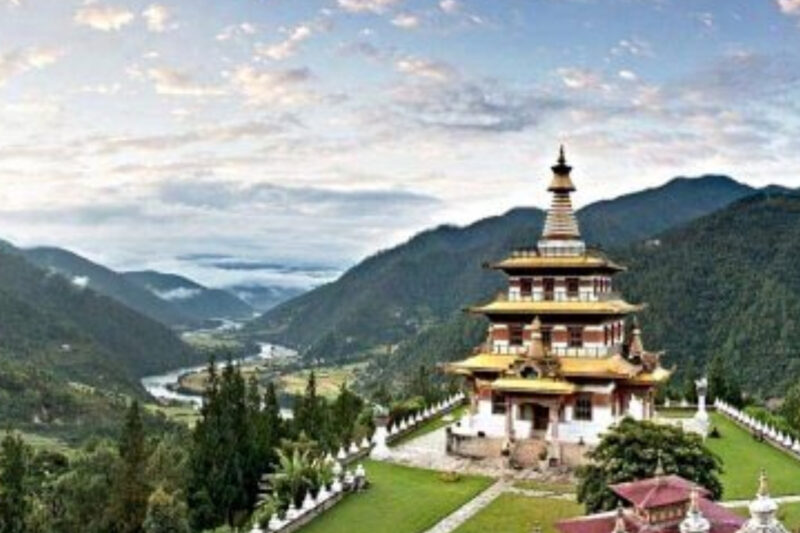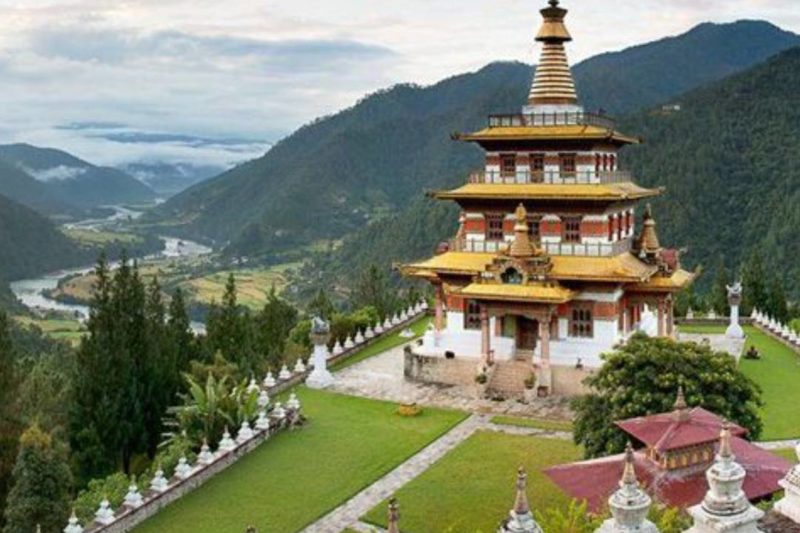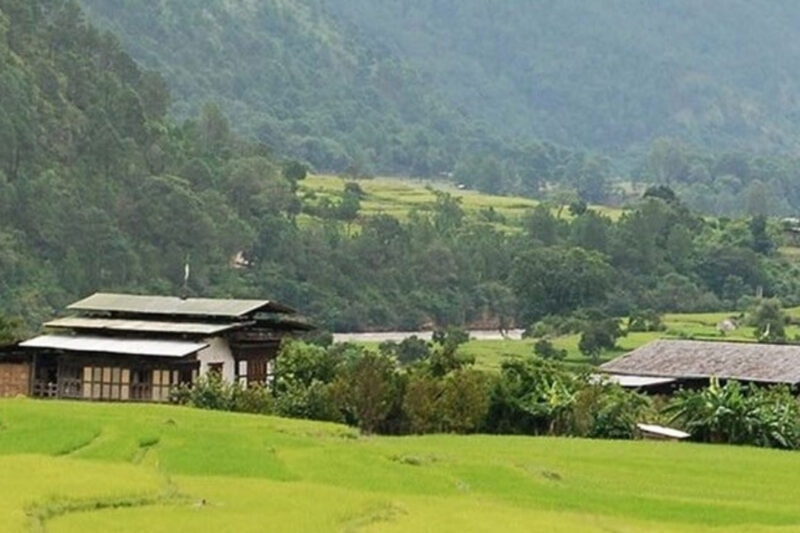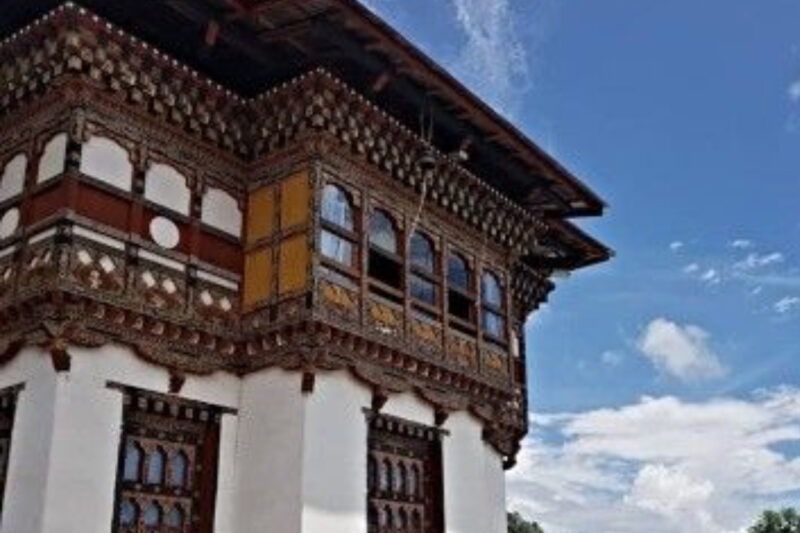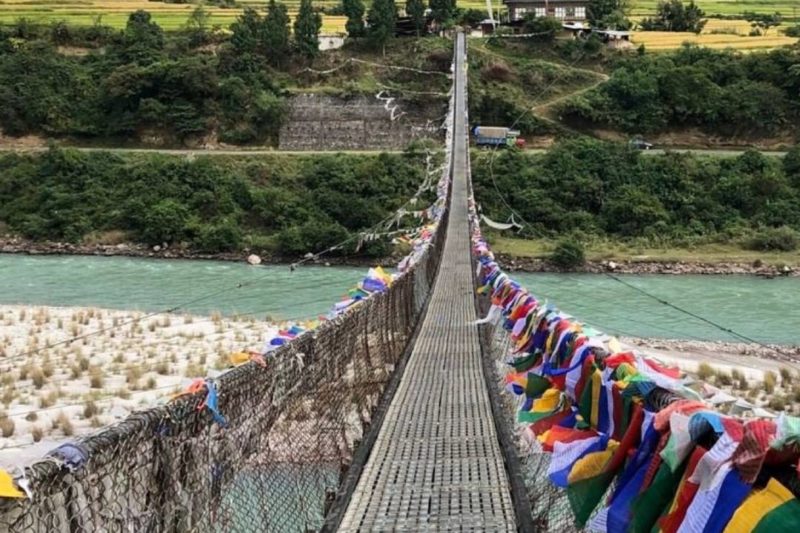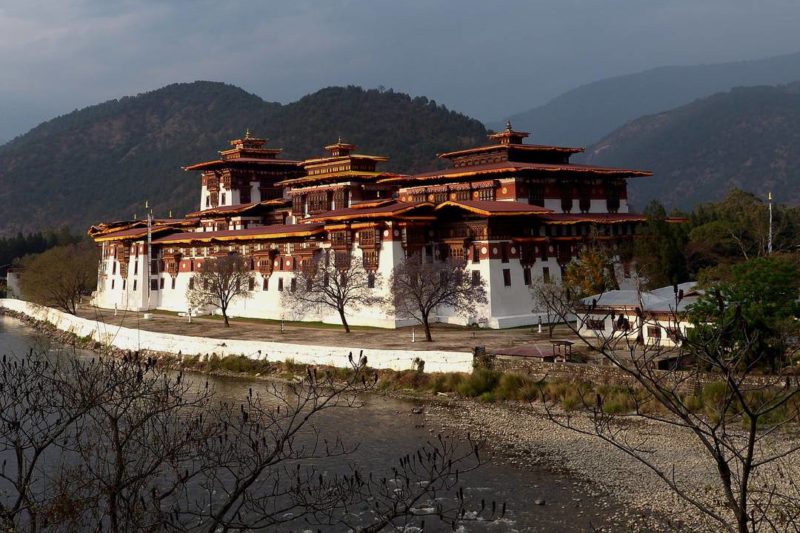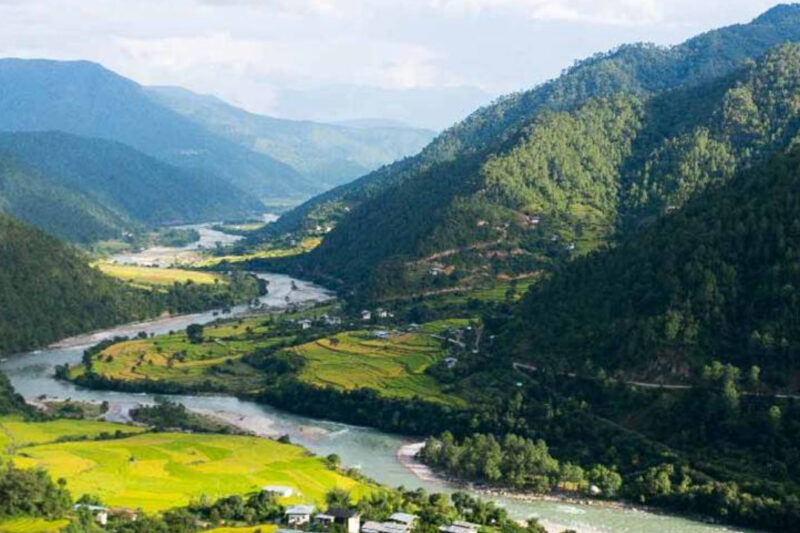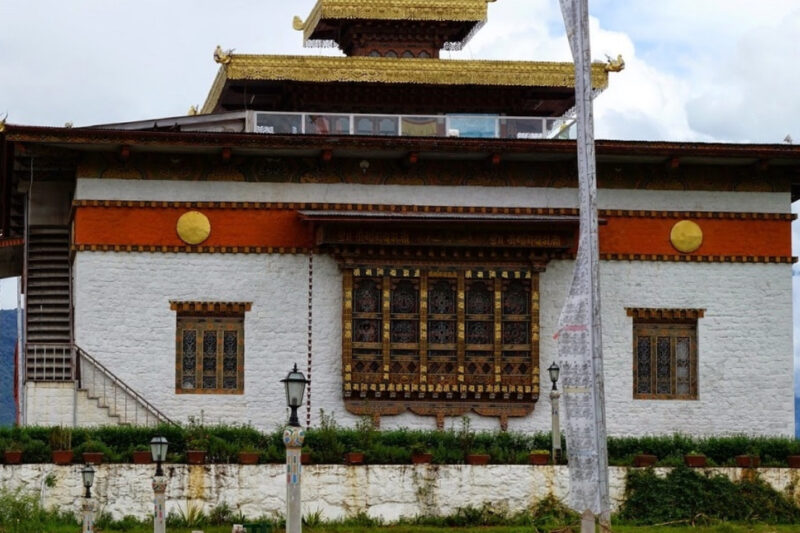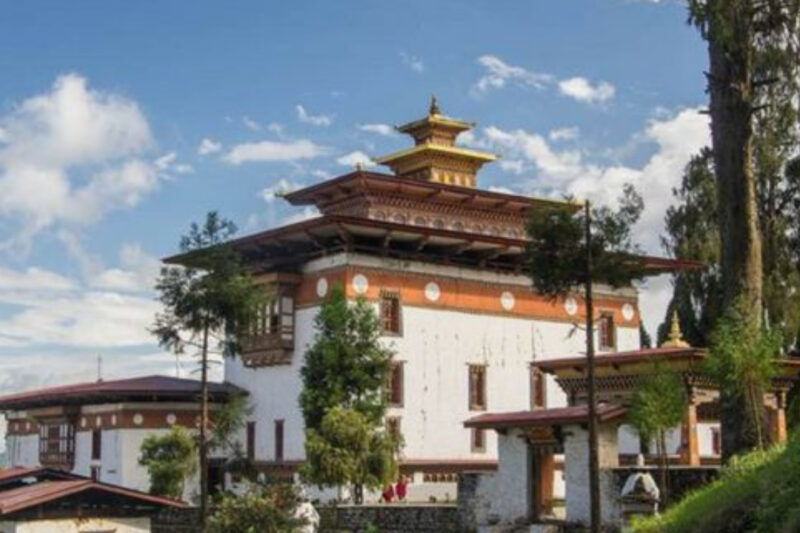Overview
The valley of Gangtey is of a picture postcard setting. It is a lush and green valley that is wide and flat without any trees. For a visitor, this is a pleasant surprise as most of Bhutan’s valleys are tightly enclosed and adorned by looming trees. And sitting majestically in the valley is the much-revered Gangtey Monastery.
A few kilometers beyond the Monastery, on the valley floor, lies the village of Phobjikha. Phobjika valley, where the black-necked cranes flock during their migration from Tibet and India, is known for its conservation efforts in Bhutan with about 800 households living without electricity in their bid to preserve and protect the black-necked-crane. The valley and its inhabitants have become a leading example of harmonious co-existence. Phobjika valley is now more of a living museum, inviting applause from people all over the world. Today, an underground electrification system, that costs much more than the conventional process has been put in place in order to preserve the crane habitat areas and not disturb them in any way.
Gangtey and Phobjika fall under the district of Wangduephodrang and lies on the periphery of the Black Mountain National Park. The valley boasts two beautiful meandering rivers, Nakay Chhu (Chhu Naap-black water) and Gay Chhu (Chhu Karp-white water).
The two rivers actually represent a snake and a boar. According to legend, the two animals once raced each other with the understanding that if the snake (Nakay Chhu) won, Phobjikha valley would be able to grow rice, but if the boar won, then rice would never be cultivated in the area. The snake lost since it had to meander all the way during its journey. And so, to this day, rice cannot be cultivated in the valley.

